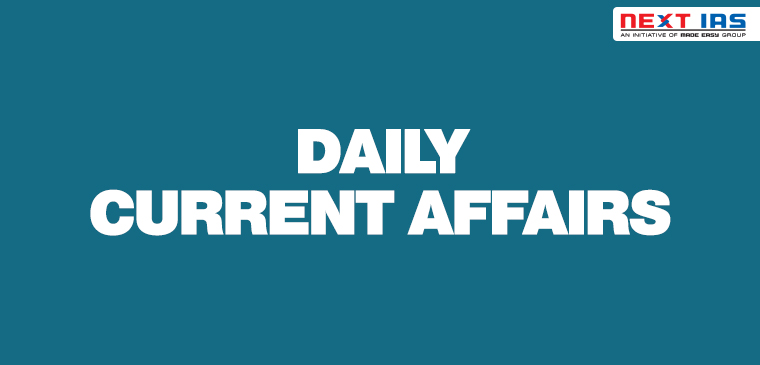
In News: Department of Science and Technology has issued new guidelines to provide free access to geospatial data and liberalised the usage policy.
Geospatial Data
- Geospatial data is data having location tags about objects, events or phenomenon.
- The location may be static (eg Earthquake Locations) or dynamic (eg. Movement Tracker in GPS) aps
- Food delivery tracking on apps
- Indian Post and Courier tracking
- Remote Sensing Surveys like Drought monitoring by the Government of India
New Changes Introduced
- Free access to geospatial data: The Geospatial data will be made available in the open public domain by the Department of Science and technology.
- Self Certification: Startups don’t need pre and post-approval certificate for adherence to guidelines. A self-declaration will work.
- Promotion to New Technologies: The government will promote the latest map-making technologies.
Need/ Benefits of the New Changes
- Reduce Red Tapism: From creation to the dissemination of maps, Indian companies are required to seek licenses, follow a cumbersome system of pre-approvals and permissions.
- Promote Innovations: Freely available maps and other spatial data will help the entrepreneurs to solve the present-day problem more efficiently.
- India’s vision of Atmanirbhar Bharat and the goal of 5 trillion-dollar economy: The new innovations will aid in achieving self-reliance.
- The new industry of Geo-Mapping and Surveying is estimated to be worth Rs 1 lakh crore.
- Global Practice: As highlighted by PM what is available globally needs not to be restricted in India.
- Empower Small Businesses and Farmers: The new policies will empower the small businesses and farmers with cost-effective solutions from Competitive Private Sector.
Scope for Indian Industries/ Application in Various Sectors
- Agriculture
- Landsat and Advanced Wide Field Sensor (AWiFS) imagery can be used to identify fertile land and monitor crop growth.
- Pest management can be done more effectively by tracking the locust movement and studying canopy colour.
- Insurance Claims can be quickly settled with fewer frauds.
- Better Nutrient Management of plants by a device Green Seeker developed by Trimble.
- Disaster Management
- Developing mitigation strategies after identification of patterns of Forest Fire.
- GIS-based Fire management, Earthquake and Flood management plans can be developed for immediate response.
- Flood inundation modelling was done in Guntur, Andhra Pradesh using UAV.
- GIS and GPS based automatic response system are a necessary part of Smart cities.
- Homeland Security
- Integrated Web GIS-based Crime Investigation System for Railway Passenger Safety was utilised for making journeys safer.
- It helped in the identification of vulnerable areas, hotspots of criminal activities and hideouts.
- Infrastructure
- Geospatial Data Modelling for Creation of Web-Portal Services for Industrial and Infrastructure Development under GOiPLUS in Odisha was used for effective land allocation and management.
- eLoc, India’s First National Digital Address System, was introduced by y MapmyIndia to reduce inconsistencies in conventional address systems.
- Natural Resources
- Use GIS-based mapping service to effectively implement Sujal Scheme for Water Management by Maharastra Government.
- Railways
- Indian Railways is effectively utilising mapping services to keep track of its resources.
Source: Livemint
Previous article
New Projects Launched in Kerala
Next article
RBI Guidelines for Credit Default Swaps